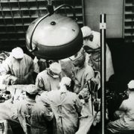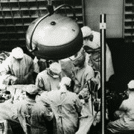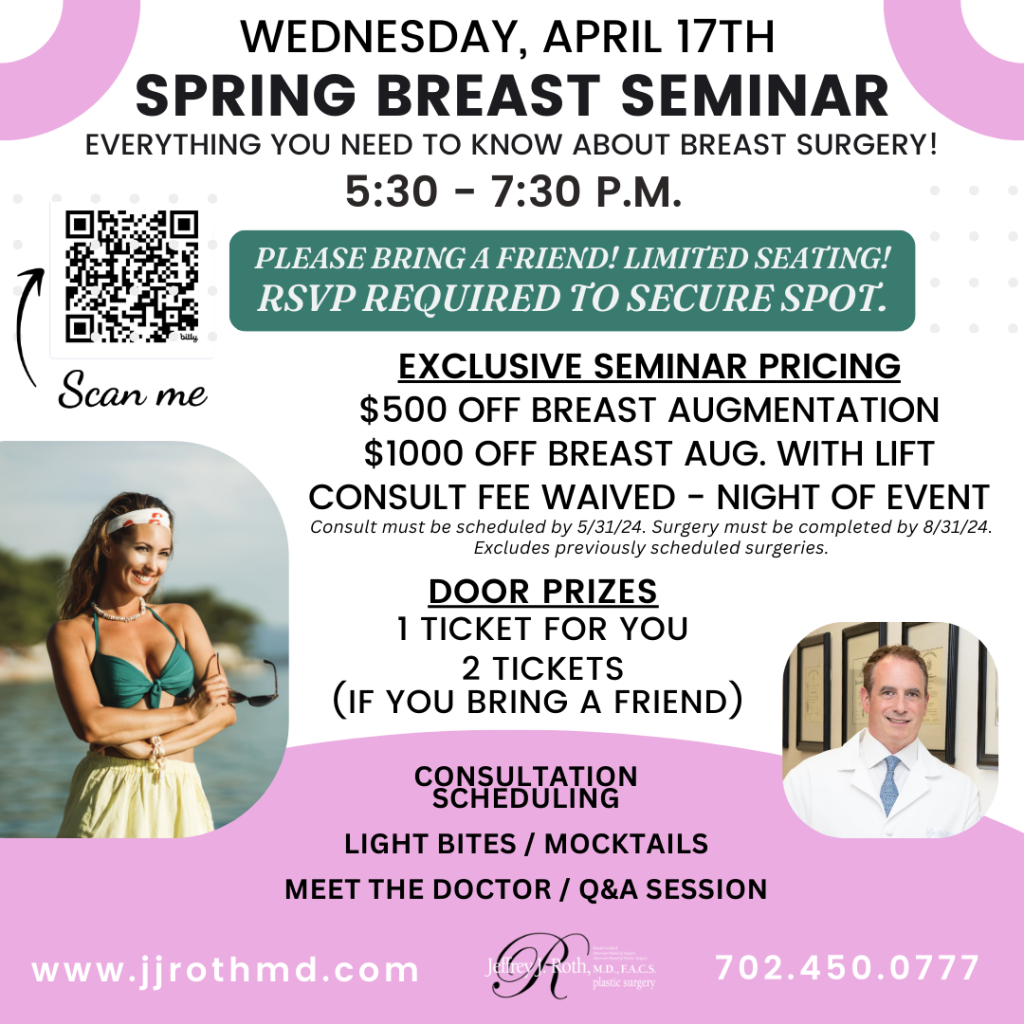
Las Vegas Plastic Surgery
In the lobby of the Peter Brent Hospital above the exhibit that displays Dr. Murray’s Nobel Prize are his words: “Service to Society is the Rent We Pay for Living on This Planet.”
This could not be a more fitting quote, as Dr. Murray lived by this axiom. He grew up near Boston, was educated at Harvard Medical School, and did his residency at the Peter Brent Hospital, now called Brigham and Women’s Hospital. He later served as Chairman of Plastic Surgery at this same institution for 40 years. While most think that Plastic Surgery is an aesthetic surgery, Dr. Murray truly taught us that Plastic Surgeons operate on “the skin and its contents,” and we don’t forget about the rest of medicine.
He saw tremendous injuries sustained by soldiers coming back from WWII. During his treatment of burn patients, he became interested why skin placed on a patient would be rejected. This inquisitiveness finally saw him being the first surgeon to perform a successful human organ transplant.
Dr. Murray had to overcome tremendous adversity, as ethical, legal, and scientific challenges abounded his medical research. He even went so far as to get a decree from the Massachusetts Supreme Court before proceeding with the historic first organ transplant operation. He was told by several colleagues to abandon his interest, yet he continued despite their admonitions.
He was truly a Plastic Surgeon. The week of the first transplant surgery, Dr. Murray’s schedule included head and neck tumor resection, double cleft lip repair and other reconstructive procedures. He reminded us that while it was to be a momentous week, what is important is the patient.
“I knew the operation was potentially momentous, but in truth I treated it as just part of the week’s work,” Dr. Murray said of the Herrick operation in a 1999 interview with a Harvard University publication. “To the patient, any operation is momentous.”
In fact, one of his colleagues said that he “was the only man to win a Nobel Prize for his hobby.” More than a ‘hobby,” Dr. Murray’s interest gave birth to a new field of medicine and surgery. On December 23, 1954, along with Dr. David Hume in Operating Room 2, a kidney was transplanted from Ronald Herrick into his identical twin. The kidney recipient lived for eight more years, married his recovery room nurse, and fathered two children.
Dr. Murray continued to work in the area of Transplant Surgery. As of this writing, over 600,000 transplants have been performed worldwide. For this work Dr. Murray garnered the Nobel Prize. He was also named one of the “Plastic Surgeons of the Millennium.”
He remained humble, self-deprecating, generous and curious. He passed away at the hospital that trained him, where he worked, served as Chairman, and saved or reconstructed countless lives.
I was fortunate to work at Brigham and Women’s Hospital for a short time. They are still very proud of Dr. Murray, as they should be. He is an excellent example and guidepost for Plastic Surgeons to follow. I am reminded of Isaac Newton’s quote, “If I have seen further it is only by standing on the shoulders of giants.” I am thankful for the Plastic Surgery “giants” that came before me.
Thank you and rest in peace, Dr. Murray.
Jeffrey J. Roth, M.D., F.A.C.S.
(702) 450-0777www.jjrothmd.com
References:



